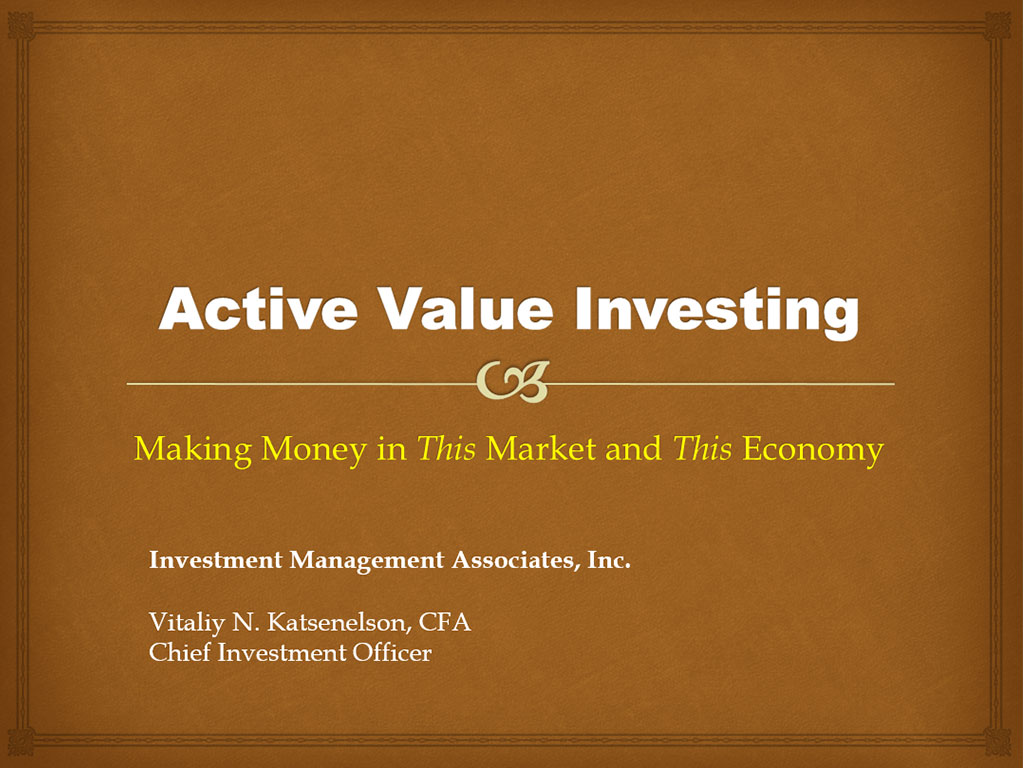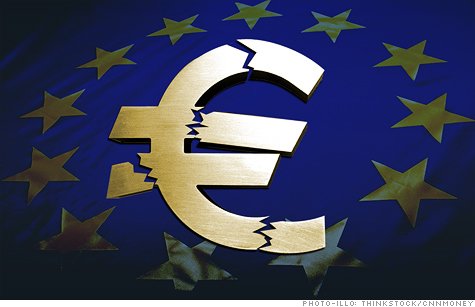There is only one difference between a bad economist and a good one: the bad economist confines himself to the visible effect; the good economist takes into account both the effect that can be seen and those effects that must be foreseen. … the bad economist pursues a small present good that will be followed by a great evil to come, while the good economist pursues a great good to come, at the risk of a small present evil.
Frederic Bastiat (1801-1850)
Over the next eight months the Federal Reserve will conduct QE2 – quantitative easing, the sequel. It will buy $600 billion worth of US long-term bonds in the open market, close to 7% of all Treasury securities in public hands, or about the amount the debt that the federal government will issue over that time period.
The Fed has already taken short-term rates down to zero, pushing income-seeking investors and savers to higher-yielding (lower-rated) and higher-duration (riskier) bonds. Now, with the magic of QE2, the Fed wants to drive long-term rates down to unseen levels and push all Treasury investors (short or long) towards higher-risk assets – junk bonds, real estate, stocks, and commodities.
The Fed also hopes (that is all it can do at this point) that low interest rates will nudge businesses to invest and to hire. That’s unlikely. The value of any asset is the present value of its future cash flow. As my favorite philosopher Yogi Berra (allegedly) said – “In theory there is no difference between theory and practice. In practice there is.”
In theory lower interest rates decrease the rate that businesses use to discount future cash flows – making future cash flows more valuable today – and the Fed is betting on that. In practice, however, the fickle source of lowered interest rates is not lost on businesses. Rising debt on government and Fed balance sheets and an overheated money printing press don’t generate confidence about future cash flows. High government debt eventually leads to higher taxation, higher interest rates, and lower growth. So the Fed’s action may have an impact opposite to what they intend.
At some point quantitative easing will be followed by quantitative un-easing, as the Fed will have to sell all those bonds back, unless they are held until long-term maturity. Either way, it will bring higher interest rates.
QE2 is like a drug prescription that comes with a list of side effects that are often worse than the disease it was supposed to cure. It is difficult to know all the side effects and unintended consequences of QE2, but it may result in a substantial decline in the dollar, stagflation, lower economic growth and much higher interest rates. Inflation will show up not where the Fed wants it – in house prices – but in higher prices for commodities like food, gasoline, clothing, and electricity, which could kill consumption. Yes, paradoxically QE2 may actually result in higher interest rates – investors expecting higher inflation will demand higher rates.
Despite the Fed’s efforts, the dollar may not decline against the euro. In this race to the bottom, the US may lose to the PIIGS rampaging through Europe.
The Fed’s artificial manipulation of short-term and long-term interest rates creates a long-term problem for the economy. Since interest rates are set by the 12 people in the Fed’s boardroom, the free market is not allowed to discover what interest rates should be. The Chinese communist government has been under attack by politicians, the media, and even yours truly for manipulating its currency. We know its currency is undervalued relative to the dollar and euro, but the Chinese government doesn’t let the free market know by how much. Government intervention (be it Chinese or US) in the free market creates excesses that are not allowed to self-correct and thus leads to bubbles.
QE2’s possible success worries me more than its failure, because it will come with all the side effects I just mentioned, plus the eventual popping of newly created stock market and real estate bubbles. The Fed wants to create asset bubbles, praying for the wealth effect – stock and real estate appreciation that will make people feel wealthier (at least on paper, for a while) so they will spend their phantom gains. However, the Fed is like a Judas goat leading gullible (yield-deprived) savers to the slaughterhouse. The paper wealth that is created will vanish as bubbles burst (they always do), wealth will be destroyed, and consumers will find themselves further in debt.
Japan was QEing from 2001 to 2006 and created a bubble in Japanese bonds that partially burst, but their economy did not lift out of stagnation. Unlike our Fed, though, Japan stopped hiding its true intentions of propping up the equity market – on November 4th of this year the Bank of Japan announced it will be buying Japanese stock ETFs and REITs.
The Fed’s actions over the last two decades reminds of what Scarlett in Gone with the Wind used to say: “I can’t think about that right now. If I do, I’ll go crazy. I’ll think about that tomorrow.” The gains of today will be repaid dearly with massive overdraft fees “tomorrow.”
What should investors do?
If the Fed “succeeds” and creates a short-term bubble in stocks and other asset classes, investors’ true time horizons and investment discipline (i.e., adherence to the investment process) will be put to the test. Unfortunately, investors don’t have the tools to play in this Wall Street version of “looking for a bigger fool to buy your overvalued assets” game.
As was the case with the dotcom bubble, in the giddy phase of bubble expansion ignorance is wonderful bliss and knowledge and adherence to the investment process are a curse – as disciplined investors will always sell too soon and will not partake in the bigger fool game. However, when the bubble bursts the money will flow to its rightful owners. The Fed doesn’t want to you to be in cash, it wants you to reach for yield and speculate – but don’t.
In the absence of good investment opportunities, the worst thing you can do is take advice from the Fed.
P.S. QE1 vs. QE2 – They are very different!
Modern societies have fractional reserve banking systems where for every dollar deposited in the bank, roughly 95 cents are lent out. This system functions fine as long as a bank’s losses are manageable and depositors believe in the continuity of the banking system – in other words, they expect their deposits to be there tomorrow. However, even in the absence of any losses, if the presumption of banking system continuity is broken and depositors fear for their funds and withdraw their money, then even the best, most conservatively run bank that has zero loan losses, will go bust. This is a run on the bank. Because of financial leverage, banking is one of the few industries where (false) perception may lead to reality.
The Federal Reserve System was established in 1913, following the 1907 Bankers’ Panic, a recession and collapse of several banks that led to runs on the country’s banks. Then all-powerful JP Morgan directed a coalition of banks that backed the banking system and stopped the nationwide run. This planted the seeds for the creation of the Fed. The Fed’s job was to be the lender of last resort, to avoid future bank runs. However, creating an institution that does its work only a few times a century was impractical, so the Fed was given additional responsibilities to regulate banks and to maintain stable price levels and full employment.
In the midst of the 2008 financial crisis, to prevent the freezing up of the US financial system and possible bank runs, the Fed put in place QE1 – it purchased over a trillion dollars of mortgage and agency debt. Like JP Morgan in 1907, the Fed was the lender of last resort. But QE2 is drastically different from QE1, because the banking system is far from choking, and the Fed wants lower unemployment and the economy to grow at a higher rate.
P.P.S. –The Vicodin Nation
Unfortunately, the Fed’s arsenal is missing the very important, must-have “do nothing” tool to fix the current problem. This tool would let the economy self-heal, even if unemployment stayed at 10% while housing prices declined to their true level. However, the tool is unlikely to be used, as it will inflict pain, something for which Americans have little tolerance. After all, the most prescribed drug in the US is the painkiller Vicodin. Regrettably, this is why QE2 is unlikely to be the last QE: as its effect wears off (assuming it succeeds at all), then QE3, 4 and so on will follow. The US, like Japan, will be locked into unsustainably low interest rates.









0 comments